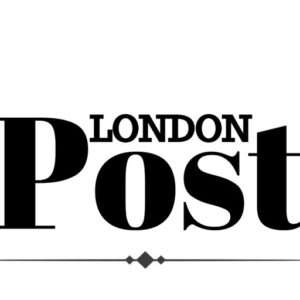Water bills are often overlooked when it comes to managing running costs, especially in small and medium-sized businesses. Unlike electricity or broadband, water tends to fly under the radar—until the charges start to increase and don’t quite add up. The good news is, reducing your water bill doesn’t have to involve major changes. In fact, two of the most effective ways to bring those costs down are relatively simple and hassle-free.
Check if You Could Be Paying Less with a Different Supplier
Since the English business water market was deregulated, most businesses are no longer tied to a single water supplier. That means it’s entirely possible to switch to a different provider, just like you might do with energy or mobile services. Yet many businesses are still unaware of this, and end up staying with their default supplier—often on tariffs that aren’t competitive.
The process of switching is far easier than many assume. It doesn’t require any changes to pipes, meters, or infrastructure. It’s simply a case of choosing a new supplier with better rates or more transparent billing and letting them handle the changeover. There’s no interruption to service, and in most cases, it doesn’t cost anything to make the switch.
Before making a decision, it helps to look at recent invoices and compare your current rates with other business water prices available on the market. Some suppliers offer bundled services or more flexible contracts, while others provide clearer reporting that can help with long-term cost management. Whatever the preference, switching suppliers is one of the easiest ways to take control of your business’s water spend.
Address Hidden Leaks and Inefficiencies Before They Build Up
Another common cause of inflated water bills is leakage—often the type that goes unnoticed. Dripping taps, faulty valves, or a slow-running toilet cistern might not seem like major issues, but over time, even small leaks can result in significant water loss.
Carrying out a basic visual inspection of your premises can reveal issues that have quietly developed over time. Taps and sinks should be checked for drips, and toilets for signs that the cistern is constantly refilling. In kitchens, back rooms, or under counters where plumbing is tucked away, it’s worth having a quick look behind panels or units for signs of damp or slow leaks.
If your business occupies older premises, or if your water usage seems higher than expected despite no operational changes, it might also be worth arranging for a plumber or maintenance team to carry out a one-off check. Some suppliers offer usage audits or can flag potential leaks based on patterns in your consumption data.
Even a few minor adjustments—tightening a joint, replacing a washer, or adjusting flow settings—can add up to measurable savings over time. Plus, dealing with these small issues early on helps prevent the risk of larger problems down the line.
When businesses take a moment to look beyond the obvious and tackle the simple things—like checking their supplier and keeping an eye out for leaks—it becomes much easier to keep costs under control. Water might not be the most visible part of a business’s expenses, but with the right approach, it doesn’t have to be the most unpredictable either.








